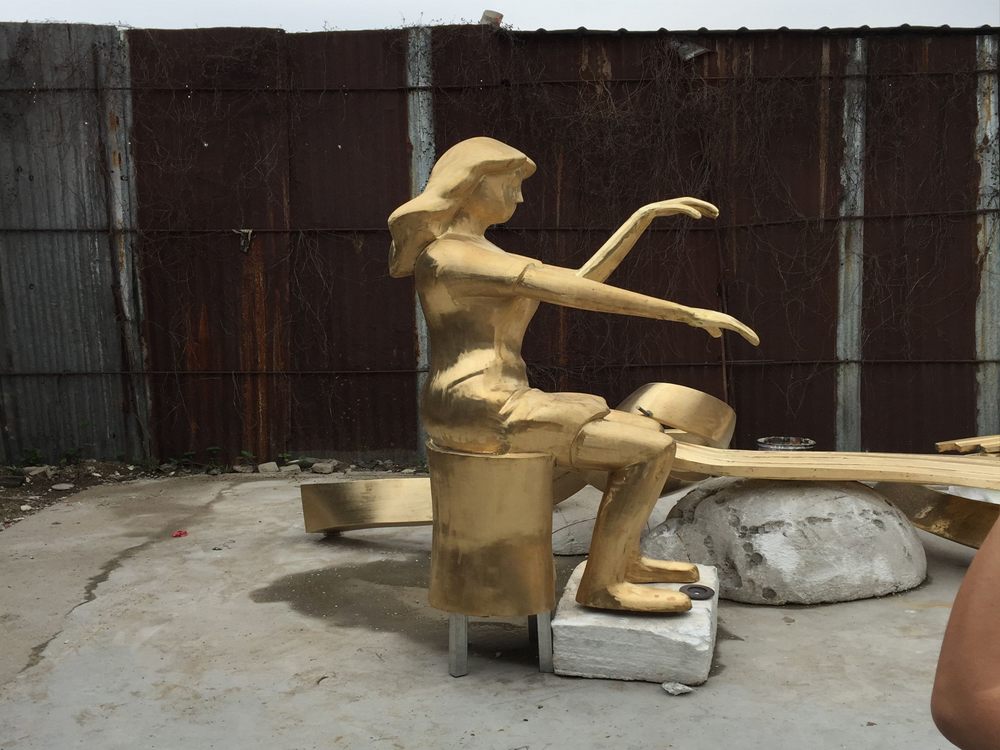
Bronze mother-and-child sculptures have long been celebrated for their emotional depth and artistic beauty. Among the most common themes depicted in these works is the universal bond of maternal love, capturing tender moments between a mother and her child. Another prevalent theme is the idea of nurturing and protection, often symbolized through the mother’s gentle embrace or the child’s trusting posture.
Many sculptures also explore cultural or mythological narratives, such as depictions of the Virgin Mary and Baby Jesus in Christian art or representations of maternal deities in ancient traditions. Additionally, themes of innocence, growth, and the passage of time are frequently portrayed, emphasizing the fleeting nature of childhood.
Artists often use bronze for its durability and timeless appeal, making these sculptures enduring symbols of love, connection, and humanity’s shared experiences. Whether in public monuments or private collections, bronze mother-and-child sculptures continue to resonate deeply with audiences worldwide.

